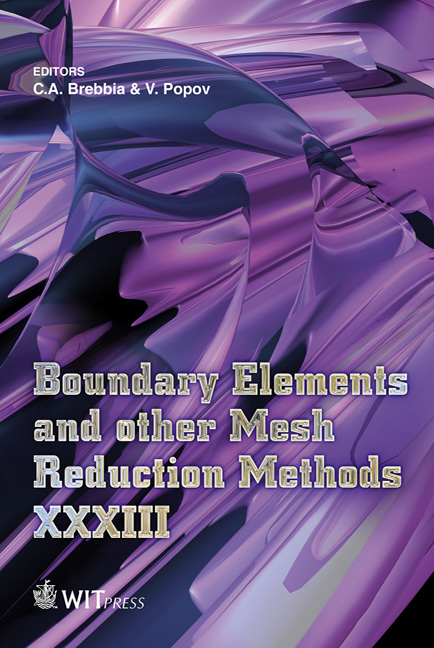On STEM Of Tectonic Stress Fields In Tsunami Regions
Price
Free (open access)
Transaction
Volume
52
Pages
12
Page Range
203 - 214
Published
2011
Size
1,372 kb
Paper DOI
10.2495/BE110181
Copyright
WIT Press
Author(s)
J. Irsa & A. N. Galybin
Abstract
We apply the STEM (Stress Trajectories Element Method) to investigate changes in the stress states as a result of a great earthquake. Two regions are considered: 1) the region affected by the great Sumatran earthquake (26th of December 2004, 9.1M), taking into account data collected before and after the event separately; 2) the region where the recent Japanese earthquake (11th of March 2011, 9.0M) occurred. The latter is analysed taking into account data collected before the event only while the former case allows one to consider the changes in data due to the significant increase of measurements since the 2004 event. The analysis is based on the stress orientation data from the World Stress Map (WSM) database and the geometrical model of tectonic plate boundaries. The method has proved to be able to recover the stress fields from this type of data with satisfactory accuracy. The modelling utilizes the Trefftz type approach for the complex potentials in plane elastic problems and assumes continuity of the stress vector across the tectonic plate boundaries. As a result of the modelling we obtain stress trajectories, maximum shear stress and mean stress, and the plate driving forces expressed in terms of normal and tangential stresses. The results for the two time subsets revealed changes in the stress patterns induced by the 26/12/2004 event and moreover the stress pattern before the great Sumatran Earthquake was very similar to the one near Japan. Keywords: world stress map, stress reconstruction, stress changes, Sumatran earthquake, Japan earthquake.
Keywords
world stress map, stress reconstruction, stress changes, Sumatran earthquake, Japan earthquake





